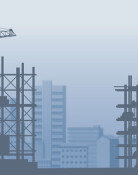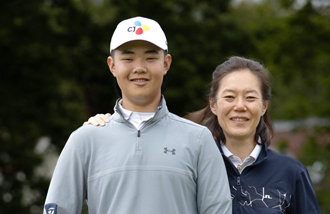S. Korea is allowed not to wear face masks outdoors in 566 days
S. Korea is allowed not to wear face masks outdoors in 566 days
Posted April. 30, 2022 07:20,
Updated April. 30, 2022 07:20
The South Korean government announced that it would lift the mandate on wearing face masks outdoors starting from next Monday except assemblies involving 50 people or more and some facilities including concert halls and sports arenas. However, it highly advised citizens to keep their masks on even outdoors when it is hard to keep a distance of at least one meter from one another, they exhibit COVID-19 symptoms or are classified into a high-risk group. From a broader perspective, such a move gets the country closer back to normal despite the current mandate on indoor mask wearing and the mandatory self-quarantine period of confirmed patients.
The reason behind South Korea’s lifting of the mandate in question in 566 days since it was put in place on Oct. 13, 2020 is that the nation has shown stable trends amid the spread of the Omicron variant even since it abolished social distancing two weeks ago. Compared to the peak of the Omicron spread, confirmed cases have decreased to a fifth in scale and the number of critical conditions has halved to less than 600. Quarantine authorities also took into consideration the heightened level of immunity overall thanks to vaccination and natural infection as well as the lessening of the regulation on outdoor mask wearing in a growing number of countries across the globe.
Nevertheless, around 50,000 to 60,000 people a day get infected with the COVID-19 while the daily number of more than a hundred deaths are still reported. Some experts express concern that South Korea makes a premature decision at a time when the daily number of newly confirmed cases is higher by more than 10 times compared to the initial stages of the spread of the Omicron variant. The disease can still put those not vaccinated and people with underlying conditions at risk of death. Any new variant can come along to spark another wave of the pandemic this fall. A possible combination of various negative factors is why the presidential transition committee for President-elect Yoon Suk-yeol proposed to keep the outdoor mask mandate intact until late May.
The Moon Jae-in administration’s decision to expedite the lifting of the regulation on outdoor mask wearing can be partly explained by its assumption that citizens have got accustomed to keeping their masks on or off autonomously given their judgment of degree of infection risk. However, a greater level of complexity has applied to the guidelines with more advisory rules added to them just as shown in the example where mask wearing is required at gatherings but not at weddings or field day games although they all are held outdoors. This only makes it even more important to observe personal quarantine rules. As it is 18.7 times likely to get infected indoors rather than outdoors, citizens should wear masks indoors and bring in fresh air at regular intervals. The fourth jab of vaccination is highly effective in helping avoid infection-driven death but only less than 20 percent of those of age 60 and above are vaccinated. Given that the Omicron variant is easy to spread and reinfections can happen, it is advised that elderly citizens should get the fourth shot as soon as possible.







